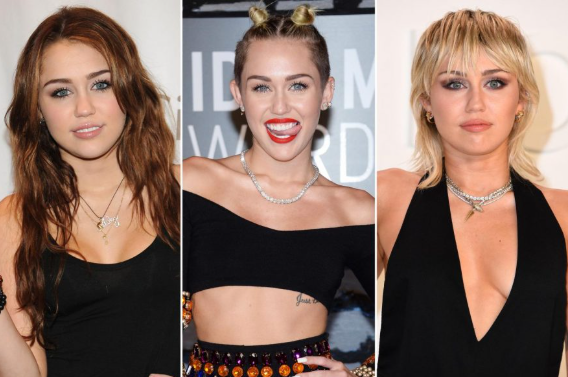
Many celebrities have often used the technique of rebranding their image each year to promote
their recent work and bring attention to the public. This strategy is not a random occurrence, but a typical and deliberate move to ensure long-term success in an industry that thrives off constant evolution. A Rebrand is considered a new style or sound of any sort, which helps bring new and old fans in to discover or rediscover these artists. Celebrities constantly update their image, shifting their personality style and even public values to remain relevant. This is not just a coincidence but a carefully crafted marketing strategy designed to keep audiences engaged
and invested by continuously evolving celebrities, maintain public interest, attract new fans, and
sustain careers in an industry that thrives on novelty.
By changing their aesthetic musical style or even personality traits, celebrities give the illusion of
depth and progression, which makes them seem more relatable, new, and diverse. These shifts are
often accompanied by new albums, film roles, brand partnerships, and social media campaigns,
all of which enforce the new identity they are presenting.
Kanye West is one of the most recognizable examples of this phenomenon, known for frequently and boldly redefining his image with each album cycle. Whether he’s portraying
himself as a religious leader (Jesus is King, 2019), a political disruptor, or an avant-garde
designer, he keeps the public intrigued by continuously reshaping his narrative. His
unpredictability ensures that he remains a conversation topic, whether in music, fashion, or
cultural discourse —changing his stage name from “Kanye West” to “Ye” in October 2021.
Beyoncé’s reinvention, however, is a more subtle yet powerful approach. She began as a lead singer of Destiny’s Child,
embodying a new R&B-pop star image. As a solo artist, she evolved into a cultural and feminist
icon with Lemonade (2016), which embraced deep storytelling and political themes to broaden her influence. More
recently, with Renaissance (2022), she embraced a vibrant example of house and ballroom culture, celebrating Black
and LGBTQ+ influences. Each era not only represents a carefully curated artistic shift, but also aligns her image with evolving social movements, which keeps her audience engaged.
Miley Cyrus has undergone one of the most dramatic transformations in celebrity history. She started as
the wholesome and bubbly Disney star Hannah Montana, but shocked audiences with her rebellious
Bangerz era (2013), complete with twerking, provocative fashion, and an edgy persona. She
later transitioned to a country-inspired phase (Younger Now, 2017) before embracing a rock
aesthetic with Plastic Hearts (2020). Each reinvention keeps fans guessing and ensures she
stays relevant across different genres.
These are just a few of the many artists who utilize this clever and engaging marketing strategy.
This strategy is crucial for success because, in an era where social media and short attention
spans dominate, a fresh persona keeps fans engaged. Reinvention allows celebrities to attract
different demographics, expanding their influence. As culture shifts, stars must evolve to avoid
becoming outdated. By selling audiences a new personality each year, celebrities ensure their
relevancy, making reinvention one of the most effective marketing tools in entertainment.









